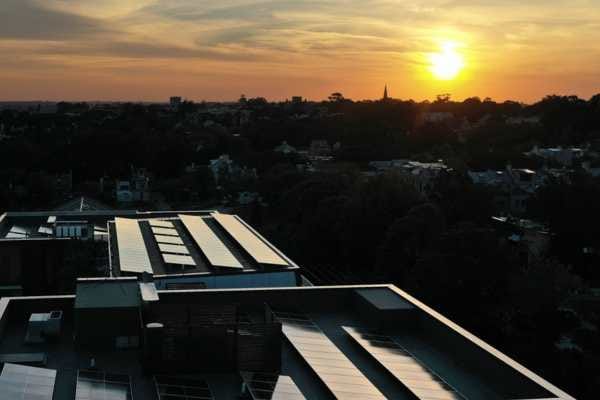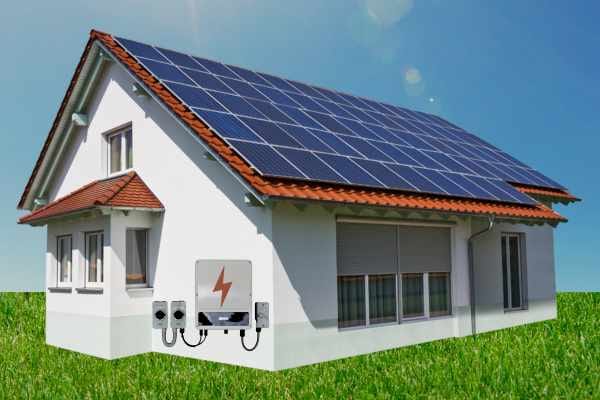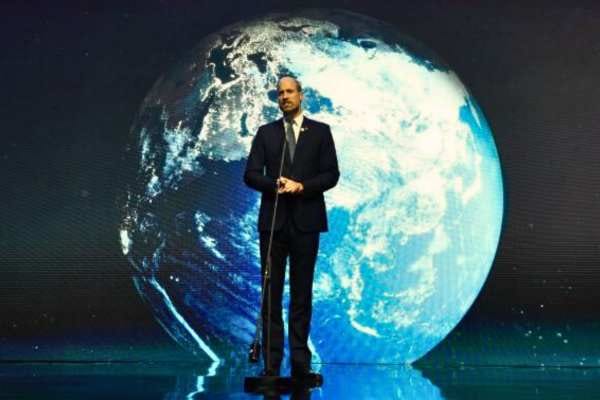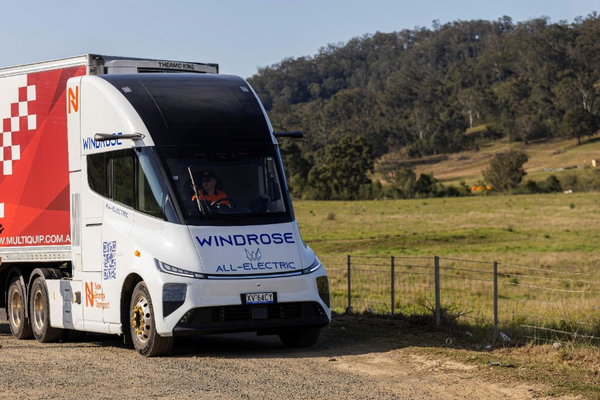Vehicle-to-grid trial hits home
Australian V2G rollout transforms electric cars into "batteries on wheels" powering homes and stabilising the grid.
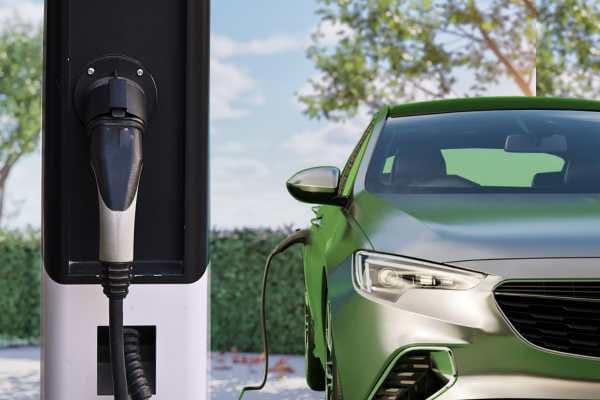
Australia’s first residential vehicle-to-grid (V2G) installation has been switched on, signalling a new milestone in the energy transition.
Climate Change and Energy Minister Chris Bowen visited a Sydney home on November 1 to officially launch the trial led by energy company Amber Electric and supported by the Australian Renewable Energy Agency (ARENA).
Bowen activated the first trial Amber V2G system at the home of Ben and Jo Marshan, plugging in their electric vehicle to enable it to both charge and discharge power to the grid.
V2G systems allow electric vehicles to act as mobile batteries, drawing energy when prices and demand are low, and sending it back to the grid when demand spikes.
"With millions of EVs expected on our roads in just a few years, we have an unprecedented opportunity to turn those batteries on wheels into a solution for grid stability and renewable energy storage."
As the first of 50 V2G-capable chargers set to be trialled across Australian homes, Amber says the Marshans can now use theirs to store power, run their home directly from their car battery, and automatically export energy back to the grid when prices are high.
The $3.2 million ARENA-funded program also aims to test how V2G technology performs in real homes, gathering data on how the technology supports household budgets and helps stabilise the grid amid booming rooftop solar adoption across the country.
A commercial reality
“This installation proves that vehicle-to-grid technology isn’t just technically possible – it’s commercially viable for everyday Australians,” Amber co-CEO Chris Thompson said.
“With millions of EVs expected on our roads in just a few years, we have an unprecedented opportunity to turn those batteries on wheels into a solution for grid stability and renewable energy storage.”
According to Amber, because trial participants can use their car battery to power their home directly, it offers them a backup power supply as well as potential income when wholesale prices peak.
Darren Miller, CEO of ARENA, said: “Vehicle-to-grid technology has the potential to transform how we think about and deploy energy storage and grid support. By enabling Australians to participate in the energy market through their EVs, we’re unlocking new value streams and building a more resilient, renewable-powered future.”
Trial partners include BYD, StarCharge, the NRMA, the Institute for Sustainable Futures at the University of Technology Sydney, and iMove.
Vehicle-to-grid (V2G) technology allows an electric vehicle’s battery to operate as a two-way energy system. When connected via a compatible charger, the car can draw power from the grid during low-demand or low-price periods – often when solar generation is high – and then send stored electricity back when the grid is under pressure. Amber says its V2G trial will include real-time wholesale energy pricing and will enable the system to charge or discharge based on market signals without user intervention.
